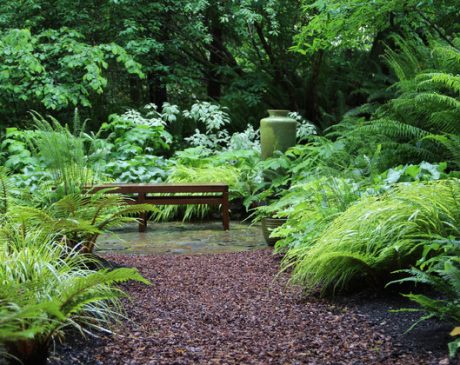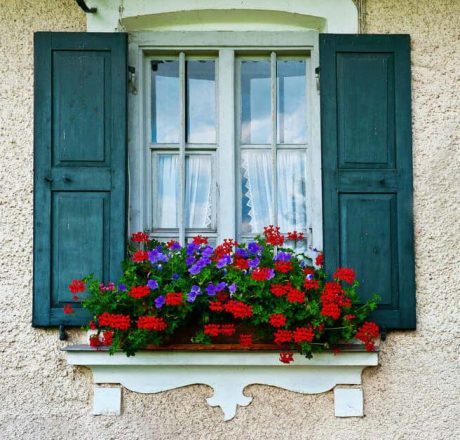How to Get Rid of Unwanted Mushrooms in Your Yard
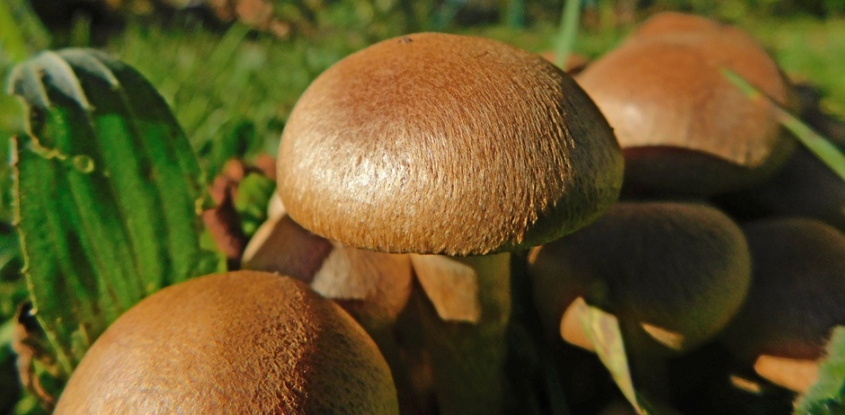
Many gardeners are concerned about the rapid growth of mushrooms in their gardens. They despise their unappealing sight and keep asking how to get rid of mushrooms in the yard. You might also run into these problems in your garden and need a solution.
During the moist, rainy weather, mushrooms or toadstools may appear in your garden on many occasions. Although the yard mushrooms are unharmful and good for healthy soil, some may be dangerous to humans, especially kids and your pet. Moreover, it detracts visitors from the beauty of your yard or lawn.
Thankfully, there are several techniques to eliminate mushrooms in your landscape. This blog post will discuss some practical methods for keeping mushrooms out of your yard, such as regulating the moistness of garden soil, applying fungicides, or following some homestyle tactics.
Scroll down to learn more about this!
Mushroom at a Glance
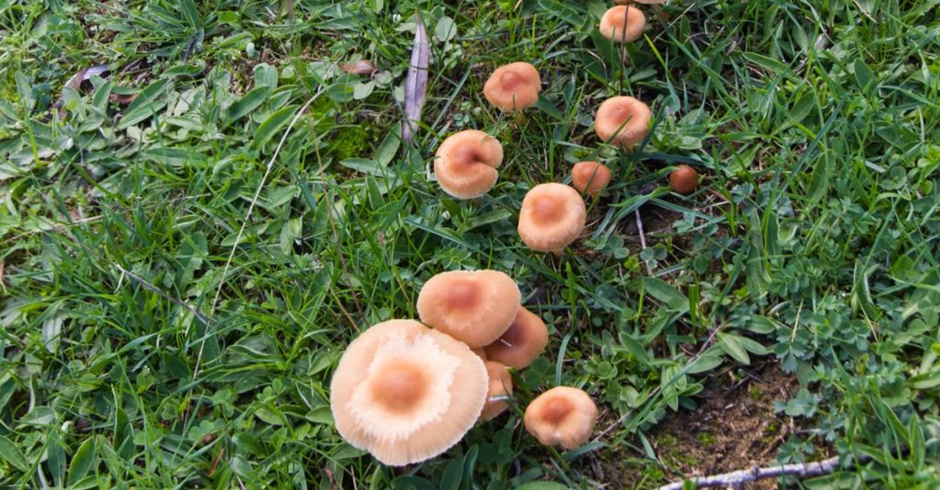
Mushrooms are visible growing reproduction organs of some kinds of fungi, also known as toadstools. They come in diverse forms, sizes, and hues; however, the cupola-shaped ones are the most typical and well-known.
Some common types of mushrooms that appear in tree shade are stinkhorns, puffballs, and bird’s nests. These evocative names highlight the variety of shapes that mushrooms can take.
However, all types of toadstools perform the same function. They store and spread spores, the fungi’s procreating parts.
Mushroom Identification Tips
Ignorance is not always bliss. You can notice the presence of mushrooms through the visible marks or changes in the lawn grass, even if you can not see the flesh part.
1. Green or Fairy Ring
A fairy circle or ring is a circle of fungi appearing in your garden grass. The brown umbrellas of mushrooms tend to remain hidden, even though they are really easy-breezy to observe. You may find a circular formation of green grass signaling the presence of mushrooms. Sometimes, the circular shape may appear as a ring of faded grass.
2. Depth of The Fairy Ring
Dig the soil surrounding the toadstools with a shoveling tool or a hand drill. You can notice a white-hued threadlike formation known as the fungal mat. The removal process may vary and depends on the thickness of the fungal mat.
3. Removing Process
If the fungus mat on the fairy circle’s depth is less than 3 inches, utilize a grass aerator. Aerate the area, beginning 24 inches from the ring’s exterior edge and moving to its middle. When the fungus mat is greater than 3 inches, use a shovel to remove the soil that contains the fairy rings. Go between 12 and 24 inches deep. Some professionals suggest excavating right down to the center of the circle.
Mushroom Sprouting Sources
Have you tried many strategies, but these organisms return to your yard? Before applying the tactics for eliminating the mushrooms, it is appropriate to understand the root cause of their growth.
1. Waterlogging
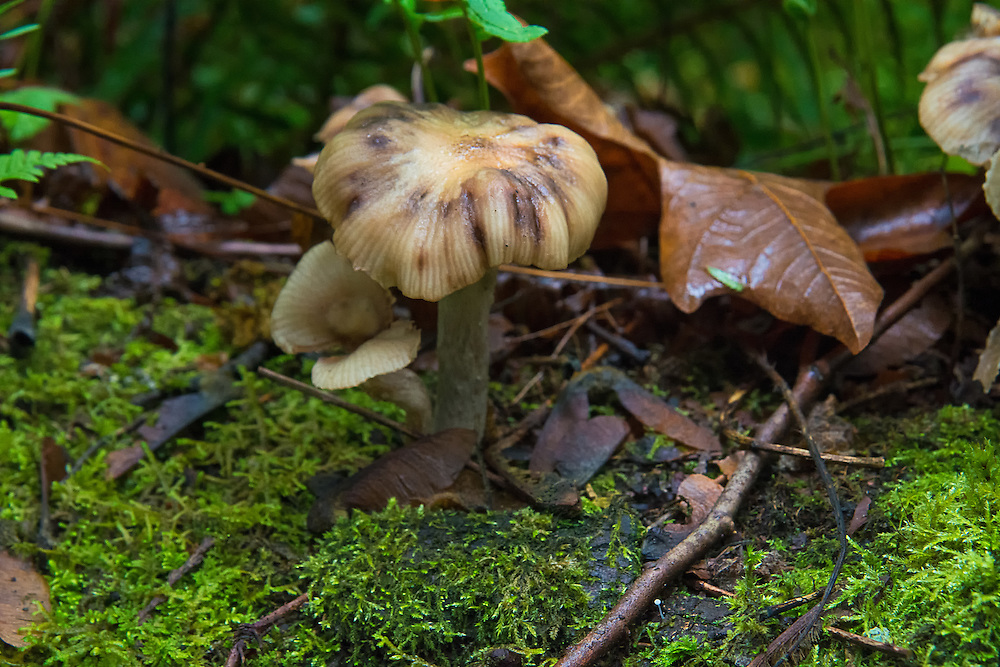
If your lawn is in a low-lying area, it may often face standing water issues. Besides, when you live near a water body or more rainfall region, this is a common problem.
Consider improving drainage to avoid excess moisture from your yard or lawn. You may opt for soil nutrition or set up or modify the yard’s drainage system. Moreover, some soil type doesn’t absorb water quickly and trigger fungus growth.
Here are some handy tips to counter waterlogging and upgrade the yard’s drainage system.
- Put in more soil to reroute the surplus water to a better location when it moves down a slope.
- You can create a pond or water feature to collect extra water. It is simple to maintain and adds aesthetic appeal to your landscape.
- Capture water during heavy downpours or windstorms and place rainwater barrels under water sprouts. It stops the water from permeating into the soil.
- You may install an underground trough like a French drain. It is an under-the-ground channel full of sand or gravel in order to dissipate water and keep it from getting stagnant.
2. Dense Soil
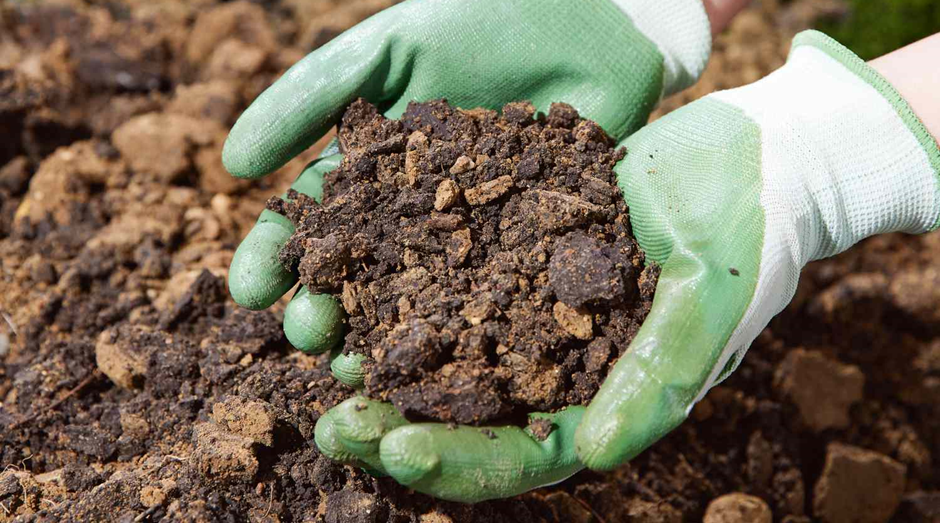
Steer clear of dense soil. Your yard may have dense soil if there is persistent water on it or if it stays wet for an extended period following rain. Your lawn may benefit from aeration. It will improve drainage and, in turn, reduce moisture, a mushroom’s favorite environment.
More than a half-inch of additional thatch in the turf means that there’s an abundance of organic matter that absorbs moisture and attracts mushrooms. Getting rid of the thatch in your garden can also deter mushrooms from flourishing.
In the clayey soil, mix sand and gravel to reduce the soil density and make it well-aerated.
3. Under the Shade
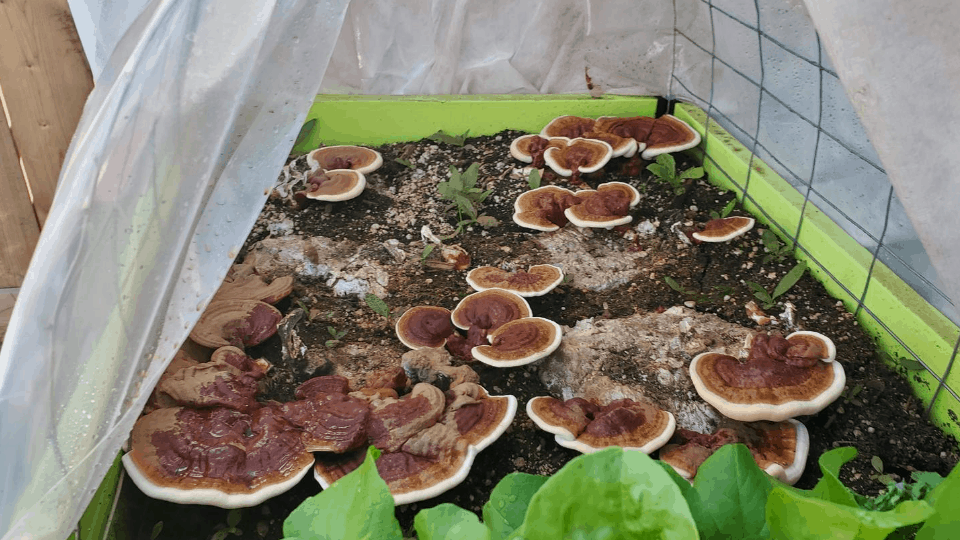
Mushrooms grow best in dim, moist conditions with lots of dead material. They may propagate by emitting spores.
If your yard has trees with a thick canopy of branches and damp ground, mushrooms find it ideal to thrive. Shorten or prune out the adjacent trees and shrubs. Sunlight aids in keeping fungi in check.
4. Remains of Old Trees
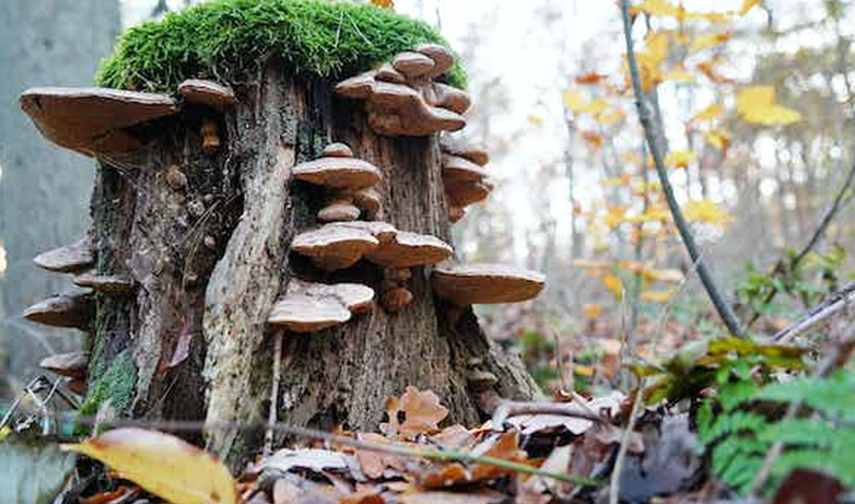
Does your yard have a spot where a tree once existed? Even though you removed the remainder of it, its beneath-ground decaying roots may promote the formation of mushrooms. Thus, remove the stump if it’s still present. If it has vanished, simply maintain a well-aerated and cleaned space to boost drainage.
Mushrooms can also emerge from the feces of animals left on the lawn. Thus regularly sweeping up the bodily waste of your pet is essential to keep the mushrooms from cropping up.
How to Get Rid of Mushrooms in Yard
You can practice different methods to make your landscape free of brown heads. Some effective strategies include keeping humidity under check, plucking mushrooms, and applying fungicide and nitrogen fertilizer.
Read on the vital information to stop the overgrowth of mushrooms in your garden.
1. Controlling Soil Wetness
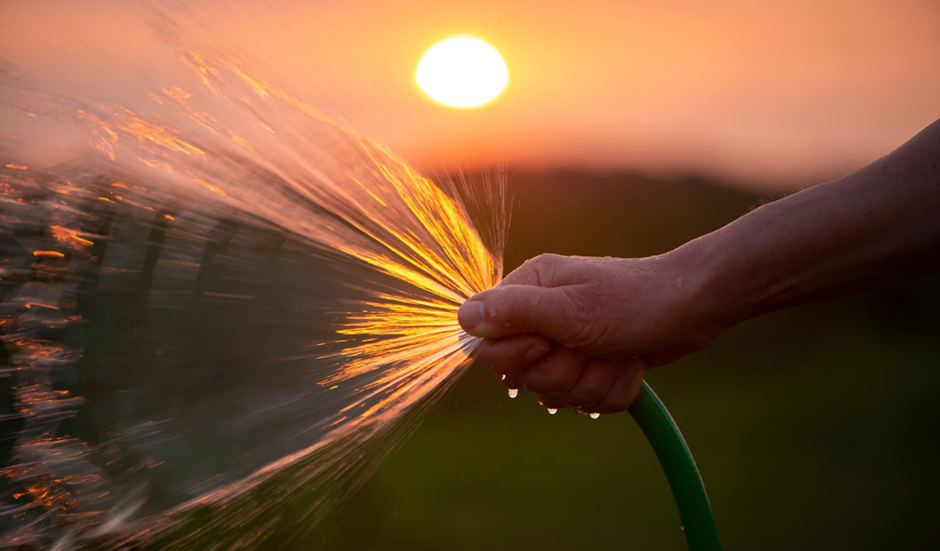
Do you know that mushrooms enjoy humid environments to grow in leaps and bounds? Thus you need to control the moisture in the yard.
- You can stop them from growing by cautiously watering your lawn. Finding the proper balance is crucial because excessive watering can promote fungal growth.
- Prepare a watering schedule for plants in your yard in the early morning. It decreases the growing chances of mushrooms since it provides ample time for sunlight to evaporate excess humidity.
- Avoid watering plants at night. It causes moisture to accumulate, which may favor the growth of fungi. Sometimes you have to water the yard in the late afternoon, be mindful that it gets enough time to dry before dusk.
2. Mushroom Plucking
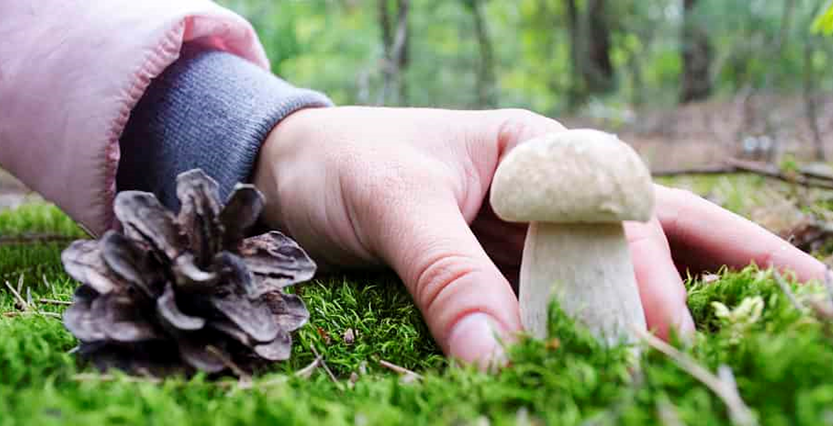
Here is a step-by-step instruction sheet for picking mushrooms by hand.
- Find the mushrooms you wish to remove. Put on sterilized rubber gloves to reduce any chances of bacterial or mold infection.
- Using a pair of fingers at the toadstool’s base, carefully twist and drag the point where the stalk begins in an anti-clockwise motion.
- Without harming the mycelium network below the stem, gently separate the strands holding the stump in place.
- You can use tweezers to carefully pick any shorter or more challenging to pick mushrooms that are still in the trash.
- Experts suggest separating the toadstools from the compost mound and discarding them separately. It thwarts the possibility of spreading toxicity and adverse reaction to the kids or dogs.
- The most crucial point is to remove the mushrooms when young or locate them in your lawn.
- Ultimate Protection: Resistant to any oils, acids, industrial solvents and many other commonly used...
- Extended Sleeves: These chemical gloves, size XL, are up to 27.5 inches long, palm width 4.7 inches,...
- Excellent Grip: Featuring an anti-slip pattern for good grip, these gloves are ideal to handle wet...
- Fully Impermeable: Lightweight, totally reusable, and waterproof, these gloves offer top-notch...
- Wide Range of Uses: These heavy-duty rubber gloves are latex free, meaning a great option for people...
3. Applying Nitrogen Fertilizer
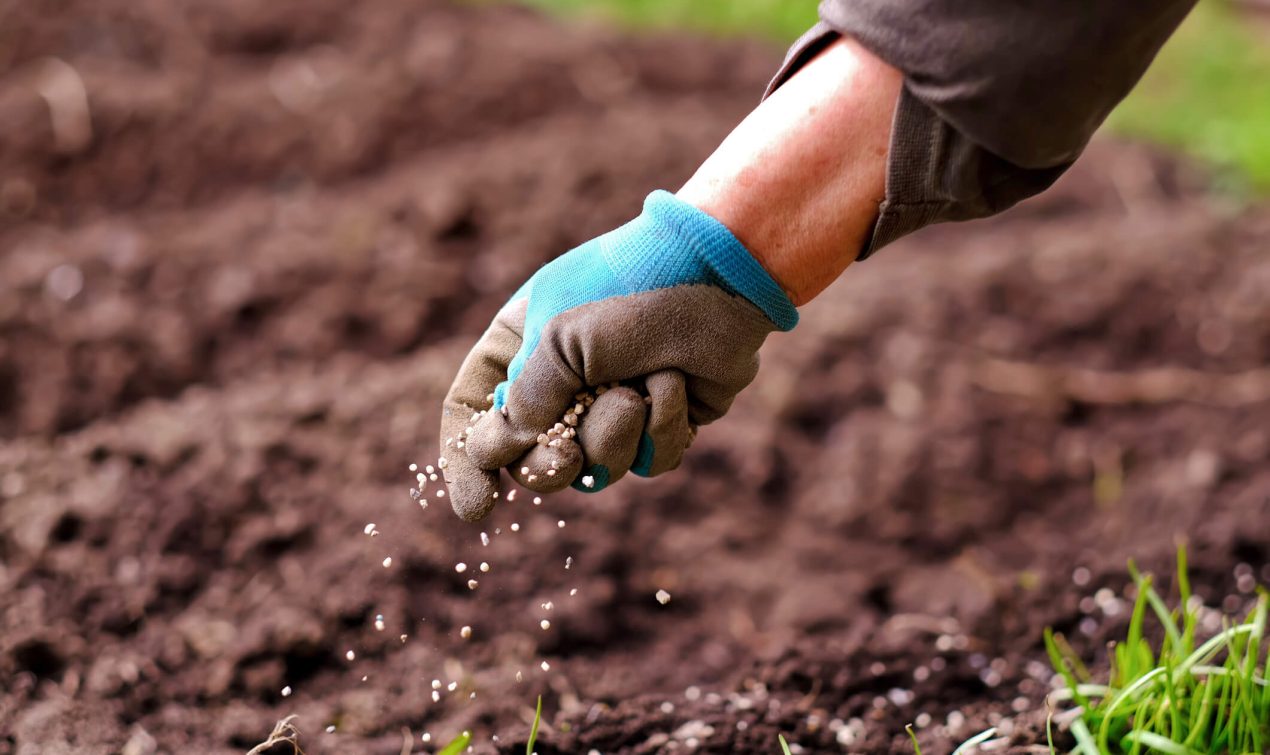
The biological substances of the soil break up more rapidly with nitrogen fertilizer. As a result, the mushroom’s development process speeds up, causing its quicker end.
- While applying nitrogen fertilizer to the soil, add some potassium and phosphorous for more impact. Mix one part of phosphorus and two of potassium with the three parts of nitrogen.
- Spread the fertilizer uniformly over the affected spot of your garden. Be mindful to adhere to the dosage recommendations on the package label.
- For swift sucking up of fertilizer into the soil, water your yard as soon as you’ve applied it.
- Nitrogen-enriched soil shortens its lifespan and hastens its decay.
Tips: For every 1,000 sq. ft. of lawn, use 1 pound of pure nitrogen.
Household Cure
You can prepare remedies at home to evacuate your sod from the fungi family members. Homemade solutions, including soap, bleaching, baking powder (bicarbonate of soda), or garden vinegar, may help you to remove mushrooms. Here are all the mixing guidelines.
1. Using Baking Soda to Get Rid of Mushrooms
- Mix two heaping tablespoons of bicarbonate of soda with two gallons of water in a sizeable bucket. Stir thoroughly to dissolve it completely.
- Transfer the solution to a spray bottle. Now spray it into the soil around the mushroom. Be cautious that the baking soda solution coats every part of the mushroom.
- Another option is to apply a required amount of baking soda to the soil and the mushrooms directly before watering them. To get a good result, you should use this technique repeatedly.
2. Using Vinegar to Get Rid of Mushrooms
The first vital requirement is to choose vinegar of good quality. You need to choose horticultural vinegar as it is typically 30–50% concentrated, as regular vinegar for cooking dishes is typically too diluted to be productive.
- To thin out the horticultural vinegar, use a 4:1 water-to-vinegar proportion. You can combine them in a glass or plastic bottle.
- Fill an empty spray bottle with the mixture for easy operation. Mist the solution on the mushrooms you’d like to eliminate right away.
- The mixture spray should completely envelop the mushroom.
- Given that vinegar at this concentration may damage skin, you should don gloves and safeguard your eyes.
3. Using Dish Soap and Water
Prepare the solution by combining two tablespoons of dish soap with three gallons of water and spraying straight on the mushrooms. It is convenient to apply when mushrooms thrive in flower beds.
Use a digging tool such as a trowel or hand drill to make holes in the ground close to the mushrooms. Pour the soapy water into the hole.
The Final Course of Action
If you do not get the desired outcome after following these suggestions, you may buy a chemical fungicide to eliminate the mushrooms. Use it with caution if your kids or doggy play there.
Additionally, fungicides are only effective on the identifiable fleshy parts of the fungus; they do not prevent the growth of mushrooms or get rid of the remaining fungi below ground.
Finally, if you are unable to resolve the issue and require assistance to comprehend the cause of the mushrooms’ periodic appearance in your yard, you may consult with an expert.
The Proper Way to Dispose Mushrooms
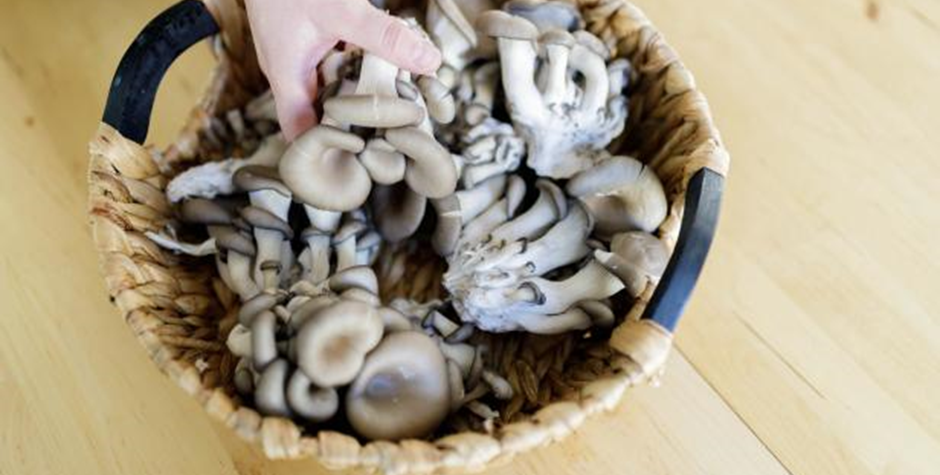
You should not add the removed mushrooms to the compost bin. Instead, carry an empty bag, and as quickly as you remove mushrooms from the ground, toss them into the bag.
Put a secure knot in the bag soon after it is complete before throwing them in the wastebasket or burning it.
It will lessen the likelihood of the fungi polluting the grass with spores.
- Size: 14.3"Height x 8.7"Diameter; 7 Liter/1.8 Gallon. Please check the product size in the second...
- Materials: ABS & PP materials. The trash can adopts environmentally-friendly material, which is...
- New Design: The trash can uses press-type sealed lid, one-button easy to open, silent design, no...
- Use Scenario: The kitchen, bedroom, living room, study, activity room, even in your kid's cabin, we...
- Worry-free Service: If you have questions, please contact us directly. We aim to satisfy our...
Precautions to Follow While Removing Unwanted Mushrooms
Fill the holes with new soil after rooting off the mushroom. Do not use immature compost, as it may have mushroom spores. The sterilization caused due to the formation of compost makes mature compost excellent for soil drainage.
Avoid techniques such as mowing or raking over the mushrooms because doing so increases the chances that they will release spores throughout the grass in your yard.
Conclusion
The post aims to offer you a solution to the query about how to get rid of mushrooms in your yard. Can we feel delighted as you have an appropriate solution to the mushroom problem you faced?
Regardless of the location of your yard or garden, you may remember a few points to keep the fungi away from your landscape. A suitable drainage system and regular pruning of broad branches can delay the growth of the toadstools. Even if they grow, use control measures to destroy them.
That’s all for now! In the comments box, don’t hesitate to pose inquiries.






